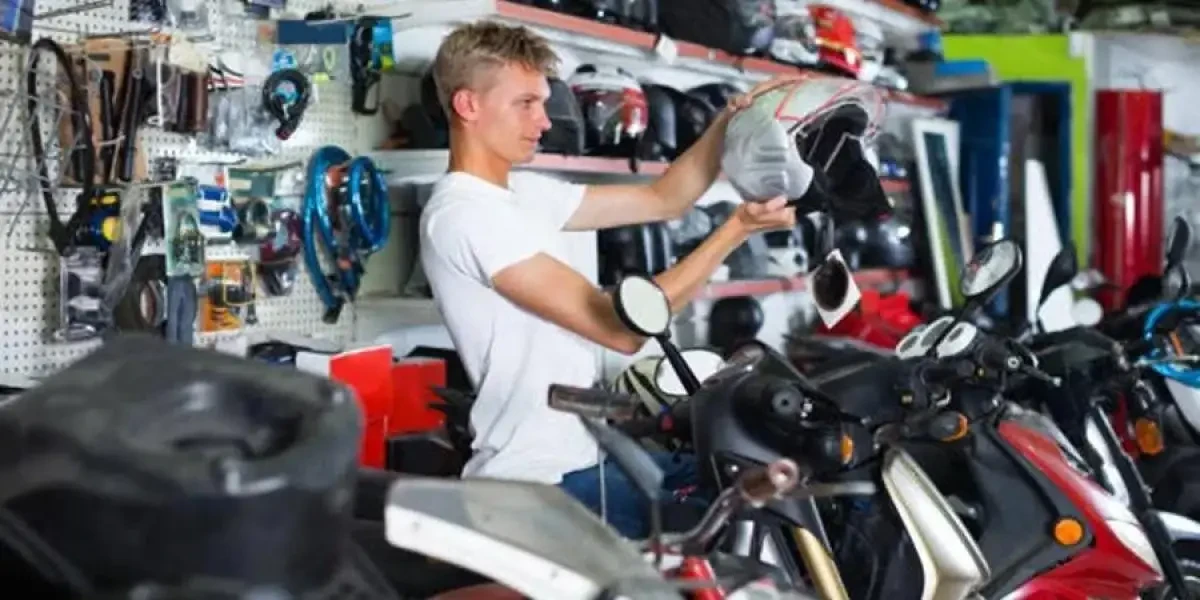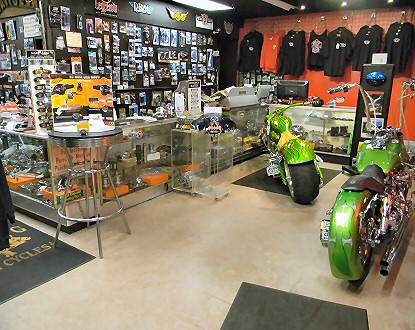Explore the most up to date Motocross Gear NZ for each Degree of Rider
Explore the most up to date Motocross Gear NZ for each Degree of Rider
Blog Article
Understanding Motorcycle Gears: How to Maximize Your Riding Experience
In the world of motorcycling, grasping the art of equipment manipulation is crucial for boosting your riding performance. Properly comprehending and using motorbike gears can dramatically influence fuel, control, and velocity efficiency, transforming an ordinary experience right into a smooth, exciting trip.
Comprehending Equipment Mechanics
At the core of bike characteristics, gear auto mechanics play an essential duty in converting engine power into motion, eventually dictating rate and control. The equipment proportions, thoroughly designed, establish the partnership between engine changes and wheel turns, affecting acceleration and fuel performance.
Understanding gear mechanics begins with identifying the relevance of the transmission, which houses numerous equipments of differing dimensions. These equipments communicate via a procedure recognized as meshing, where teeth of various gears engage to transmit power. The precision of this interaction is vital; any kind of imbalance or damage can lead to ineffective power transfer, hindering performance. Furthermore, the plan and dimension of equipments affect the motorcycle's ability to deal with various loads and speeds.
Additionally, the principle of gear changing is integral to maximizing performance. Timely and smooth shifts ensure that the engine operates within its optimum power band, stopping unneeded strain and boosting long life (moto parts nz). By comprehending these mechanical intricacies, bikers can attain a harmonious blend of control, performance, and power, boosting their riding experience
Timing Your Changes
Shift timing proficiency is vital for optimizing motorcycle performance and boosting the riding experience. Effectively timed shifts ensure that the engine operates within its optimal power band, which is important for preserving control, accomplishing smooth velocity, and making sure the long life of the motorcycle. Motorcyclists have to develop an instinctive sense of when to move gears, which involves understanding the relationship between engine transformations per minute (RPM) and speed.
To master shift timing, pay close interest to the engine's sound and feel, as these give essential clues about when to transform gears. The optimal shift point generally happens when the engine comes close to the top series of its power band without reaching the redline. Shifting prematurely can lead to a lack of power, while shifting far too late may create unneeded engine stress
Additionally, road conditions and riding design influence shift timing. As an example, in metropolitan settings, smoother and extra frequent shifts may be essential to browse traffic efficiently. On the other hand, during highway riding, less changes at greater speeds can be better suited. Exercising in diverse environments will enhance your capacity to time shifts precisely, inevitably boosting your riding experience to a professional degree.
Enhancing Gas Effectiveness
While grasping motorcycle gears is important for efficiency, improving gas effectiveness is similarly crucial for both environmental and financial reasons. Optimum gas usage not only decreases functional expenses however additionally lessens the environmental impact of riding. To achieve this, one need to understand the detailed partnership between equipment option and engine performance.
First of all, selecting the best gear at proper rates can substantially influence gas intake. Riding in a higher gear at lower rates can result in engine carrying, which is harmful to both gas economic situation and engine health. Conversely, More about the author riding in lower equipments at broadband results in unnecessary gas consumption. Thus, keeping an optimum equilibrium by changing gears abreast with road problems and anticipated maneuvers is crucial.
Furthermore, routine maintenance plays an essential duty in gas efficiency. Guaranteeing that the bike is well-tuned, with clean air filters and properly inflated tires, can lower and enhance aerodynamics gas wastefulness. In addition, embracing a riding design that accepts progressive velocity and smooth deceleration can contribute to better gas economic climate.

Strategies for Smooth Transitions
Accomplishing smooth helmet intercom headset gear shifts is fundamental to improving the riding experience and making certain the durability of a bike's transmission system. Proper gear moving not only adds to a seamless adventure but additionally lessens damage on the mechanical elements. To grasp the art of smooth shifts, cyclists have to focus on a few vital techniques.

Secondly, clutch control plays a pivotal duty. Engaging and disengaging the clutch efficiently requires method. The clutch lever must be launched progressively, permitting a smooth transfer of power from the engine to the wheels without causing a shock or sudden activity.

Adapting to Road Conditions
Navigating diverse roadway problems is an essential skill for any kind of motorcyclist aiming to preserve control and safety. Whether you're riding on damp visit this site right here surface areas, gravel roads, or browsing doglegs, your capability to adjust your equipment use and riding technique is extremely important. Comprehending just how to change your gears appropriately can substantially impact grip and security, ensuring a safer trip.
On wet roadways, it is a good idea to preserve higher equipments to decrease torque and minimize wheel spin. This approach helps maintain grasp on slippery surfaces, enabling smoother acceleration and slowdown. On the other hand, when riding on gravel or unequal terrain, lower gears are preferable. Lower gears provide better control and permit you to respond more promptly to unanticipated changes in the roadway surface.
Sharp contours demand precise gear monitoring to stabilize speed and control. Downshifting prior to going into a contour can help preserve momentum while making certain the motorcycle continues to be secure throughout the turn. Constant technique in varied problems improves your capacity to predict and react to modifications in road structure and slope.
Conclusion
Understanding bike gears dramatically improves the riding experience by boosting gas, control, and acceleration efficiency. Adapting gear option to various roadway problems, such as using greater gears on damp surface areas and reduced equipments on gravel, additional enhances handling and security.
Comprehending equipment mechanics begins with recognizing the importance of the gearbox, which houses several equipments of varying sizes. These gears connect through a procedure recognized as meshing, where teeth of various equipments engage to transfer power (moto parts nz). Mild modifications to the throttle during gear shifts can stop jerky movements and keep a consistent riding rate
Whether you're riding on wet surfaces, crushed rock roadways, or browsing sharp turns, your ability to adjust your equipment use and riding technique is extremely important. Adapting equipment option to different roadway conditions, such as using greater equipments on wet surfaces and lower equipments on gravel, further boosts handling and safety.
Report this page